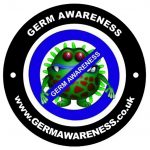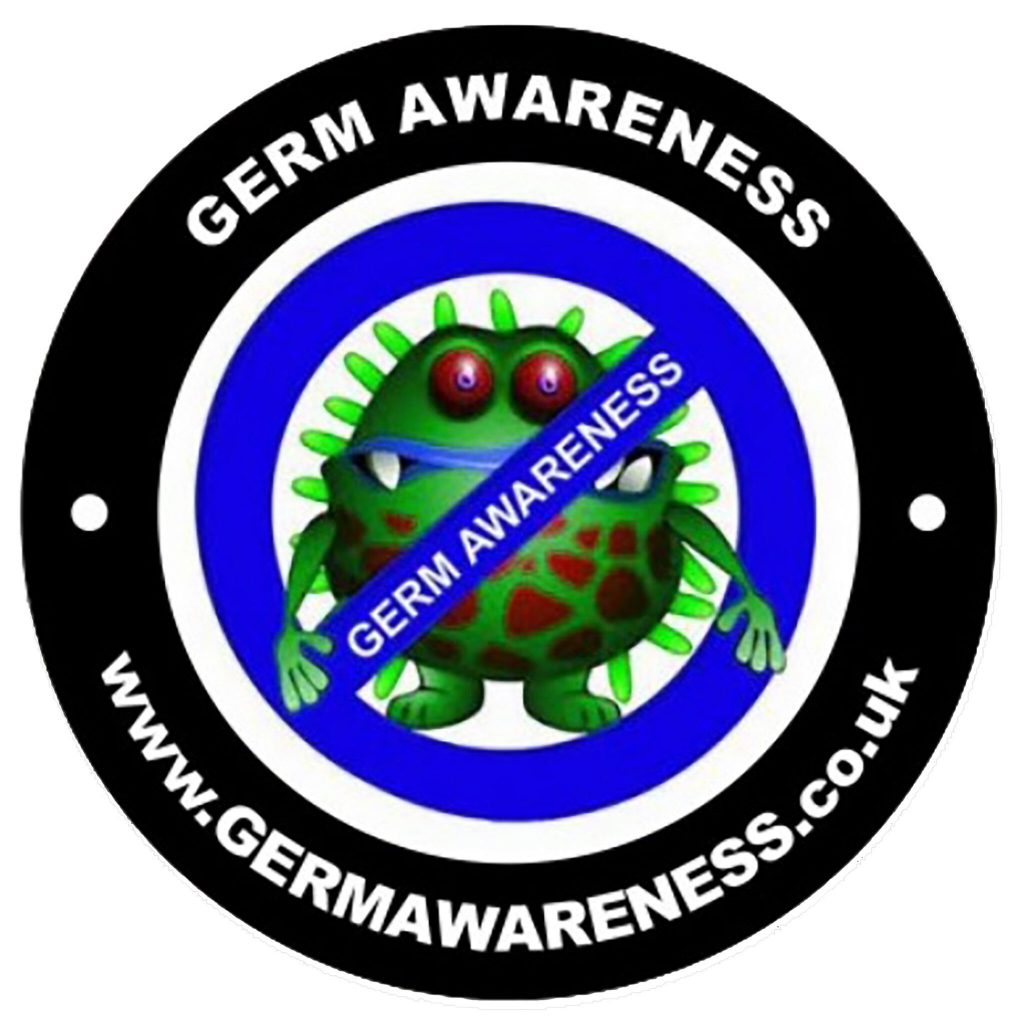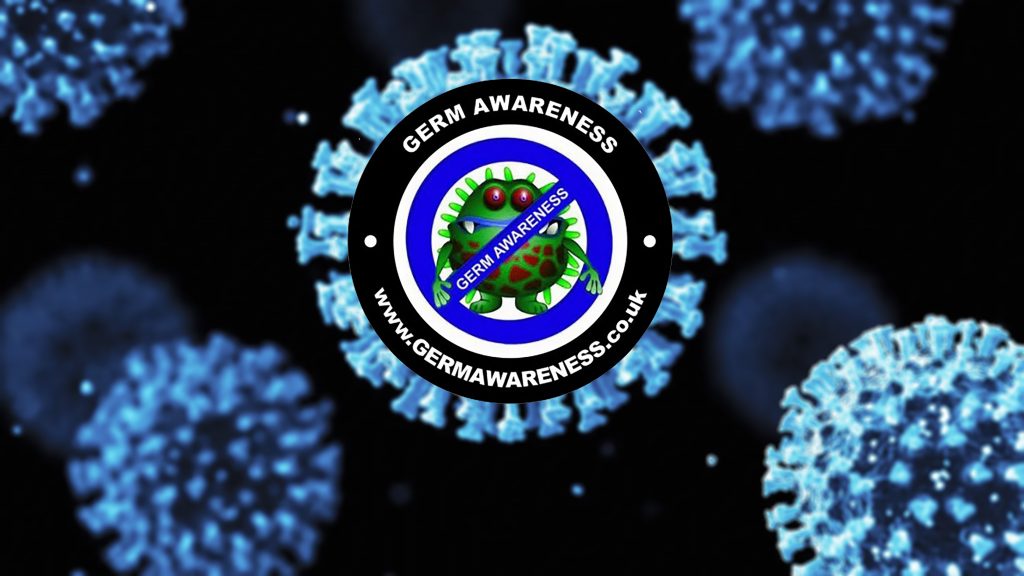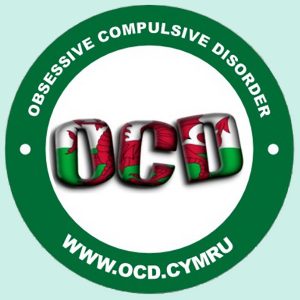
Influenza A (H5N1): A Rising Threat and the Importance of Germ Awareness
This article highlights the critical role of germ awareness in combating the spread of deadly viruses like H5N1, emphasizing the importance of education and preventive measures.

Influenza A (H5N1), known as bird flu, is causing heightened concern due to its potential to spread among humans through airborne transmission. Recent reports indicate that the virus, previously confirmed in dairy cattle, has spread to over 100 farms across 12 states in the US, posing significant public health risks. With a mortality rate of approximately 50% in humans, understanding and preventing the spread of this virus is critical.
Human Health Implications
The severe impact of H5N1 on human health, coupled with the possibility of it spreading simply by breathing, underscores the need for comprehensive germ awareness. Educating the public and implementing preventive measures are crucial steps in mitigating this threat.
Human infections with H5N1 are relatively rare but can be severe and often fatal. Since 2003, the World Health Organization (WHO) has reported over 860 human cases of H5N1, with a mortality rate of approximately 50%. Symptoms in humans typically include high fever, cough, sore throat, muscle aches, and in severe cases, pneumonia, acute respiratory distress, and multi-organ failure.
The high mortality rate and the potential for H5N1 to cause a global pandemic make it a significant public health concern. Continuous monitoring and rapid response to outbreaks are essential to mitigate the impact on human populations.
Preventive Measures and Germ Awareness
Key strategies to prevent H5N1 transmission include vaccination, strict biosecurity protocols, and heightened surveillance of animal populations. Public awareness campaigns about germ prevention and hygiene practices are essential in protecting communities from this and other airborne viruses.
Influenza A (H5N1), a highly pathogenic virus that has garnered significant attention due to its potential to cause severe disease in humans and animals. Originating from avian species, H5N1 poses a significant threat to both public health and agriculture, necessitating a comprehensive understanding of its characteristics, transmission, impact, and preventive measures.
Preventing the spread of H5N1 involves a multi-faceted approach that includes surveillance, vaccination, biosecurity, and public awareness.
Key strategies include:
- Surveillance and Early Detection: Monitoring bird populations for signs of infection and conducting regular testing in poultry farms and wild bird habitats.
- Vaccination: Developing and administering vaccines for poultry to reduce the incidence of H5N1. Human vaccines are also under development and are a critical component of pandemic preparedness plans.
- Biosecurity Measures: Implementing strict biosecurity practices in poultry farms, such as controlling access, disinfecting equipment, and ensuring proper disposal of dead birds.
- Public Awareness and Education: Educating poultry farmers, workers, and the general public about the risks of H5N1 and promoting practices to reduce the risk of transmission, such as proper hand hygiene and cooking poultry products thoroughly.
Origins and Characteristics
H5N1 is part of the Influenza A virus family, known for its ability to infect birds, particularly poultry. The virus was first identified in geese in China in 1996, and since then, it has caused multiple outbreaks in domestic and wild birds across the globe. The “H” and “N” in H5N1 refer to the hemagglutinin (HA) and neuraminidase (NA) proteins on the virus’s surface. These proteins play crucial roles in the virus’s ability to enter and exit host cells, respectively.
H5N1 is particularly concerning due to its high pathogenicity, meaning it can cause severe disease and death in birds. This characteristic also extends to humans, albeit with a lower infection rate but a significantly higher mortality rate compared to other influenza strains.
Transmission and Spread
The primary mode of transmission for H5N1 is through direct contact with infected birds, their droppings, or contaminated environments. The virus can also be spread indirectly through contaminated equipment, vehicles, feed, and clothing. While human-to-human transmission is rare, it has occurred in isolated cases, raising concerns about the potential for the virus to mutate into a form that could spread more easily among people.
Airborne transmission, though less common, is a critical aspect of H5N1’s epidemiology. Infected birds can shed the virus through respiratory secretions, which can then become aerosolized and inhaled by other birds or humans. This mode of transmission underscores the importance of strict biosecurity measures in poultry farms and markets to prevent the spread of the virus.
Influenza A (H5N1): Rising Concerns Over Human Transmission
Recent developments have heightened concerns about its potential to spread among humans simply through breathing, prompting scientists to closely monitor its transmission patterns.
Recent Outbreak in Dairy Cows
In March, the H5N1 strain was confirmed in dairy cattle in the United States, marking a concerning development in the virus’s transmission. Since then, over 100 farms across 12 states have reported cases, indicating a widespread outbreak. This new host species raises alarm as it suggests the virus’s expanding range beyond avian species.
Conclusion
Influenza A (H5N1) remains a formidable threat to both animal and human health. While significant progress has been made in understanding and controlling the virus, continuous vigilance is essential to prevent and respond to outbreaks. Through a combination of surveillance, vaccination, biosecurity, and public education, the global community can work together to mitigate the risks posed by this deadly virus and protect both public health and agricultural economies. The recent spread to dairy cattle and the potential for airborne human transmission necessitates vigilant monitoring and comprehensive preventive strategies to avert a possible pandemic.
For more detailed information, please refer to the original article on MSN here.


















